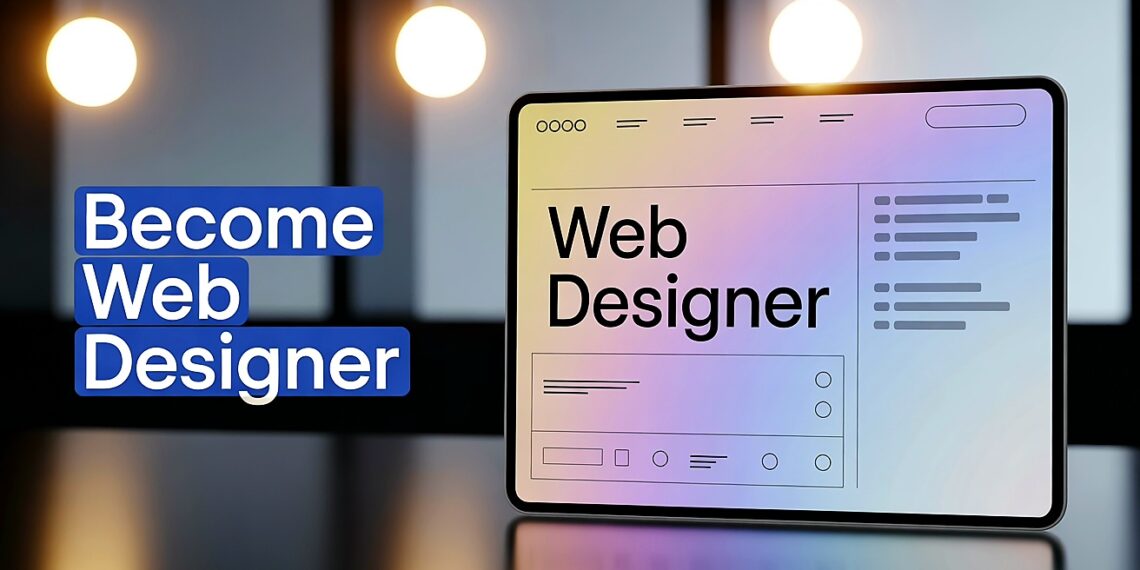
Introduction
Are you passionate about creativity, technology, and digital experiences? Web design offers a unique career path that blends visual design with user experience and coding. In today’s digital-first world, web designers are in high demand across industries.
In this comprehensive guide, you’ll learn how to become a web designer, what skills are required, which tools to use, and how to build a portfolio that gets you hired.
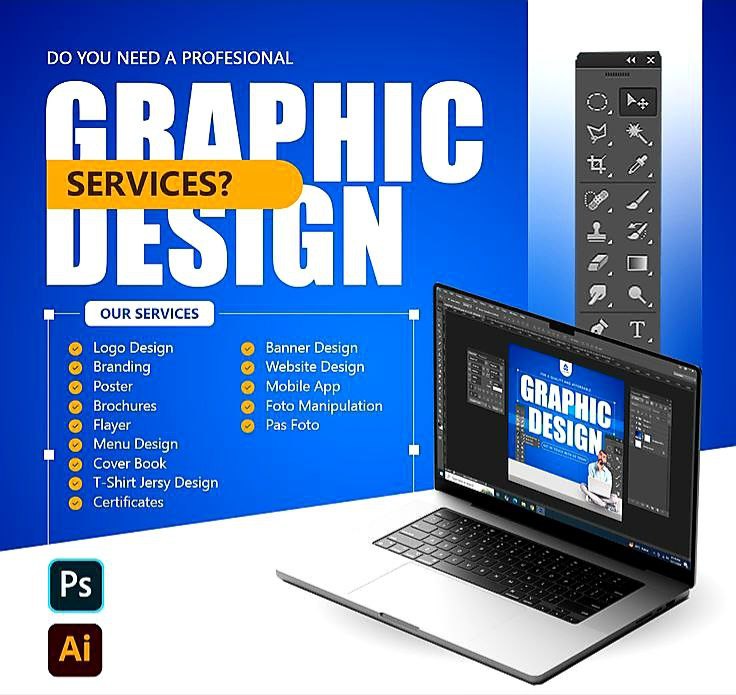
Why Choose a Career in Web Design?
Before diving into the “how,” let’s understand why web design is an attractive career:
- 💼 High demand: Every business needs an online presence.
- 💰 Good income potential: Entry-level designers earn $45,000–$60,000, while senior designers can earn well over $100,000 annually.
- 🌐 Remote flexibility: Many web designers work from anywhere.
- 🎨 Creative expression: It’s a great blend of art and tech.
Step-by-Step: How to Become a Web Designer
Step 1: Understand the Role of a Web Designer
A web designer is responsible for:
- Designing the visual layout of websites
- Ensuring an intuitive user experience (UX)
- Using tools to create mockups and prototypes
- Collaborating with developers to bring designs to life
It’s essential to distinguish between web designers and web developers:
| Web Designer | Web Developer |
|---|---|
| Focuses on visuals and user experience | Focuses on coding and functionality |
| Uses tools like Figma or Adobe XD | Uses languages like HTML, CSS, JavaScript |
| Often responsible for branding | Often responsible for server/database |
Step 2: Learn Web Design Basics
To become a successful web designer, you must learn the fundamentals of:
1. Visual Design Principles
- Typography
- Color theory
- Layout and composition
- White space and balance
2. User Experience (UX) Design
- Wireframing
- User flows
- Usability testing
3. User Interface (UI) Design
- Interactive design
- Responsiveness across devices
- Accessibility (WCAG guidelines)
4. HTML, CSS, and Basic JavaScript
Even though you don’t have to be a developer, understanding basic code helps you:
- Communicate better with developers
- Customize templates
- Build simple prototypes
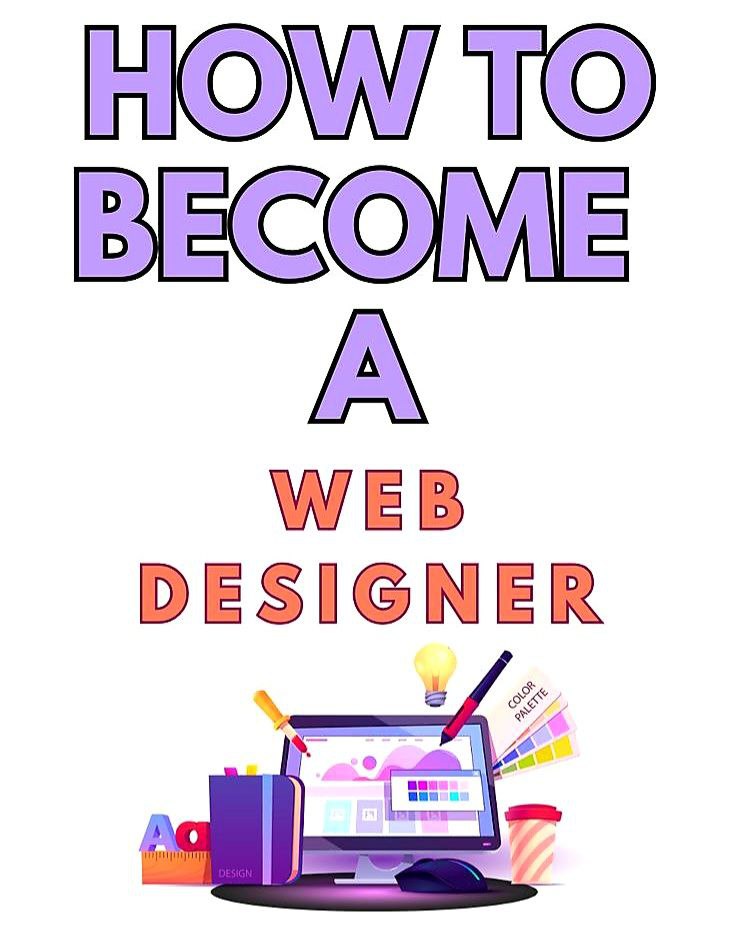
Caption: Understanding the relationship between UI/UX design and coding skills
Step 3: Choose the Right Web Design Tools
Here are some must-know tools for aspiring web designers:
| Category | Tools You Should Learn |
|---|---|
| Wireframing | Balsamiq, Sketch |
| UI/UX Design | Figma, Adobe XD, Sketch |
| Image Editing | Adobe Photoshop, Affinity Designer |
| Front-End Design | Webflow, Framer, WordPress (with Elementor) |
| Code (Optional) | Visual Studio Code, CodePen, GitHub |
Choose one tool from each category and master it before jumping to another.
Step 4: Take Courses or Earn a Degree
You don’t need a degree to become a web designer in 2025, but structured learning can help. Here are some learning paths:
📚 Online Courses:
- Coursera: Google UX Design Certificate
- Udemy: Web Design for Beginners
- Skillshare: UI/UX Essentials
🎓 Formal Education:
- Associate/Bachelor’s degree in Graphic Design, HCI, or Web Development
👨🏫 Bootcamps:
- CareerFoundry
- Springboard
- General Assembly
Pro Tip: Choose programs that include real-world projects and mentorship.
Step 5: Practice with Real Projects
Theory is important, but practice is what makes you job-ready. Start designing:
- Personal blogs or portfolios
- Websites for friends or local businesses
- Redesigns of existing websites for fun
You can even participate in design challenges on:
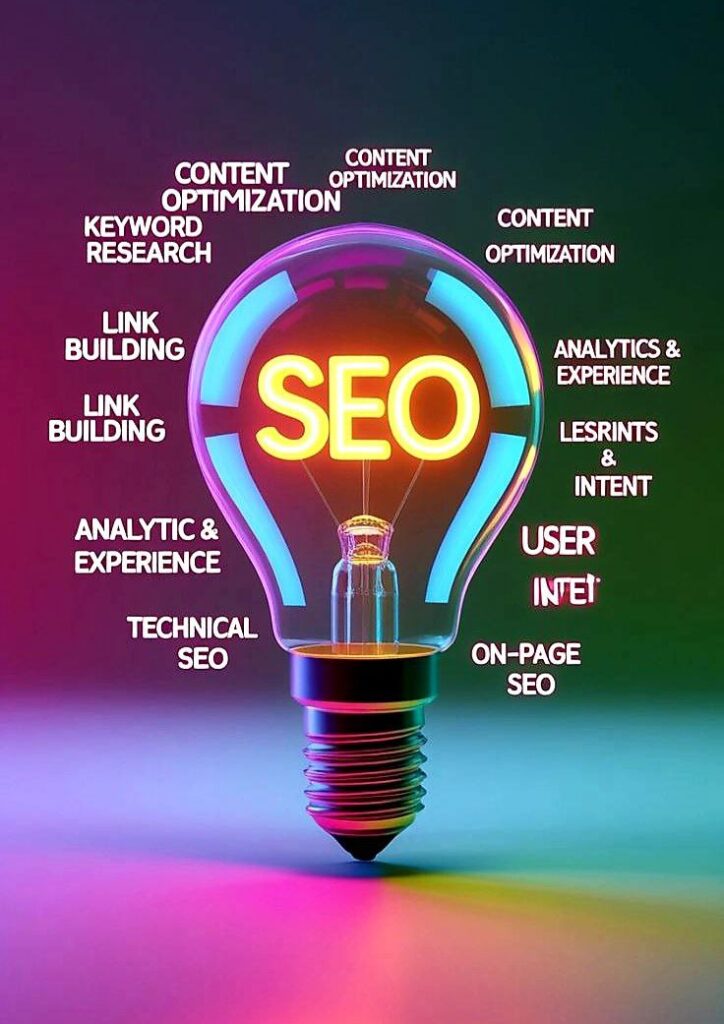
Caption: Real-world redesign showing growth in web design skill
Step 6: Build a Professional Portfolio
A portfolio is your most important tool for getting hired. Make sure your portfolio:
- Includes 3–6 of your best projects
- Explains your process (research, wireframes, final design)
- Shows a variety of industries or design styles
- Is hosted on your own custom domain (e.g., [yourname].com)
Tools for building portfolios:
- Webflow (design + hosting)
- WordPress with Elementor
- Adobe Portfolio
- Framer
Step 7: Stay Updated With Trends and Technologies
Web design trends evolve quickly. In 2025, here are a few worth following:
- AI-assisted design (like Uizard or Framer AI)
- Minimalist design with bold typography
- Dark mode interfaces
- Voice-user interfaces
- Motion graphics and micro-interactions
Follow websites like:
- Smashing Magazine
- Awwwards
- CSS-Tricks
- UX Collective on Medium
Step 8: Network and Find Clients or Employers
For Freelancers:
- Platforms like Upwork, Fiverr, Toptal
- Local business directories
- Social media (especially LinkedIn, Twitter, Instagram)
For Job Seekers:
- LinkedIn Jobs
- Indeed
- AngelList (for startups)
- Creative staffing agencies (e.g., Toptal, Aquent)
Networking:
- Join Facebook or Slack groups
- Attend local design meetups or virtual webinars
- Participate in hackathons or open-source projects
Caption: A professional portfolio can make or break your web design career
Common Mistakes to Avoid
- ❌ Ignoring mobile responsiveness
- ❌ Overloading the site with animations
- ❌ Using too many fonts or colors
- ❌ Skipping usability testing
- ❌ Not backing up your work
Avoid these early on, and you’ll set yourself apart from other beginners.
FAQs About Becoming a Web Designer
❓How long does it take to become a web designer?
With consistent effort, you can become job-ready in 6 to 12 months without a degree, especially if you focus on practical skills and projects.
❓Is coding required for web design?
Basic HTML and CSS knowledge is highly recommended, but you don’t need to be a full-stack developer. Tools like Webflow or Elementor let you design with little to no code.
❓Can I become a web designer without a degree?
Yes. Many successful designers are self-taught or learned through online bootcamps.
Final Thoughts
Becoming a web designer in 2025 is more accessible than ever. Whether you want to freelance, join an agency, or build your own startup, this is a career with endless creative and financial potential.
To recap, here’s how to become a web designer:
- Understand the role
- Learn design and coding basics
- Master the right tools
- Take courses or attend a bootcamp
- Practice with real projects
- Build a killer portfolio
- Stay updated with trends
- Network and apply
Now it’s your turn to start the journey. Bookmark this guide, set your goals, and begin designing your future—literally.
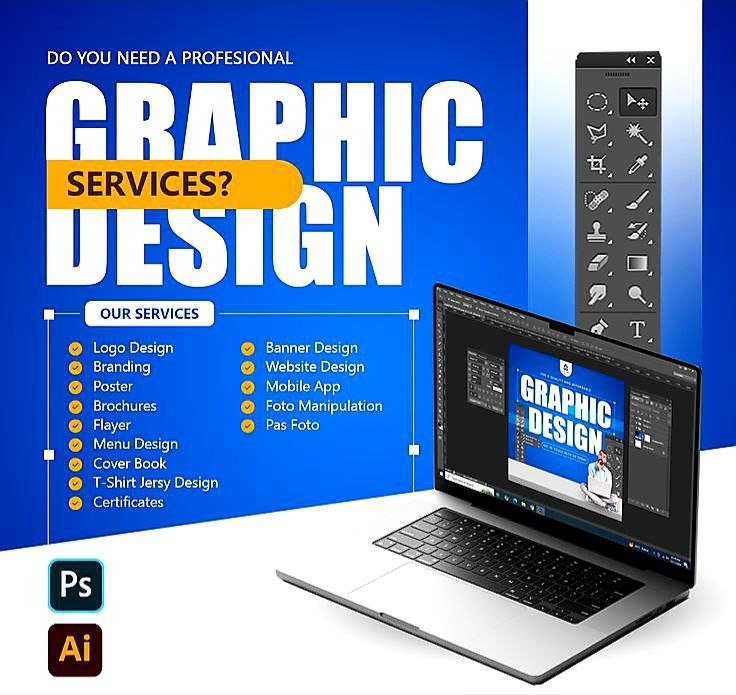
📌 Meta Description:
Learn how to become a web designer with this 2025 step-by-step guide. Discover the skills, tools, courses, and portfolio tips to land your first job or freelance gig.
🏷️ Tags:
Web design, UX/UI design, become a web designer, freelance web design, web designer skills, web design tools, web designer portfolio
